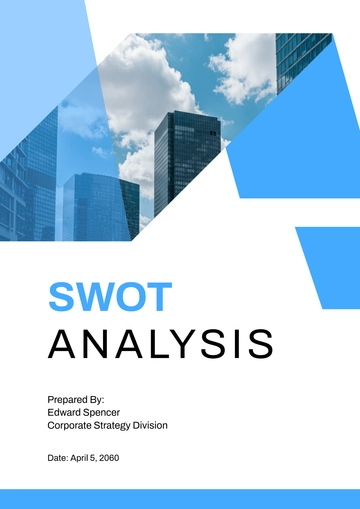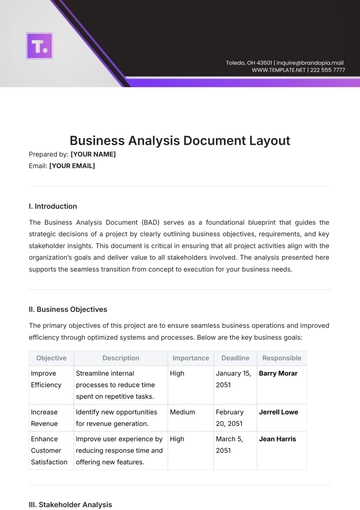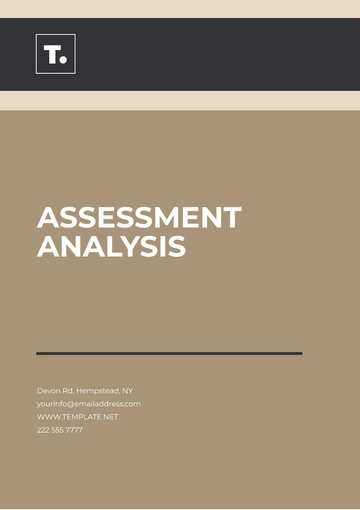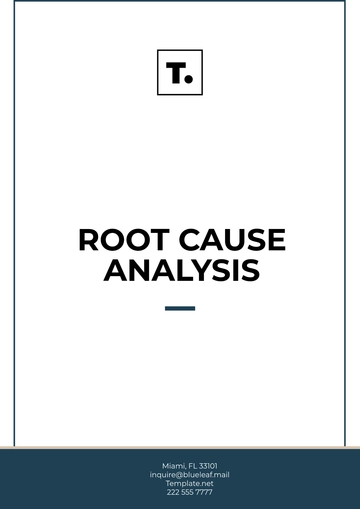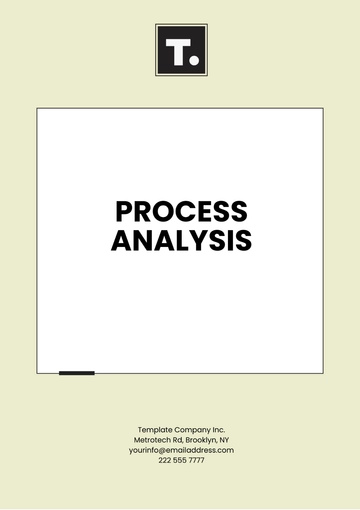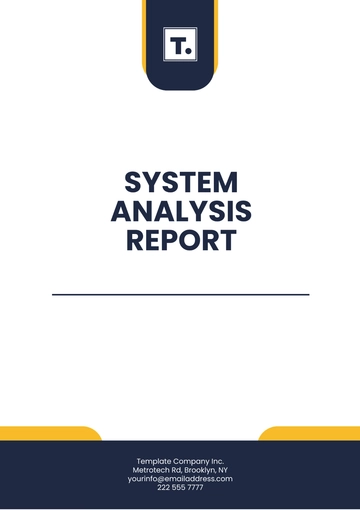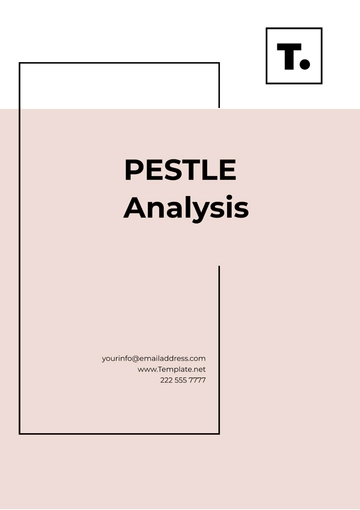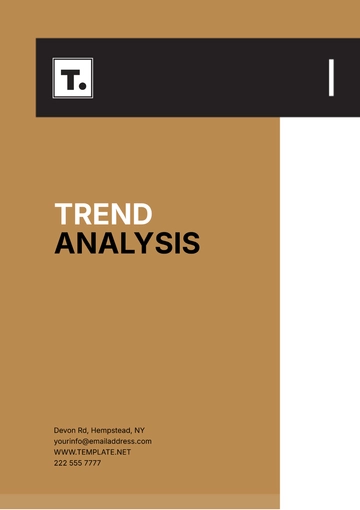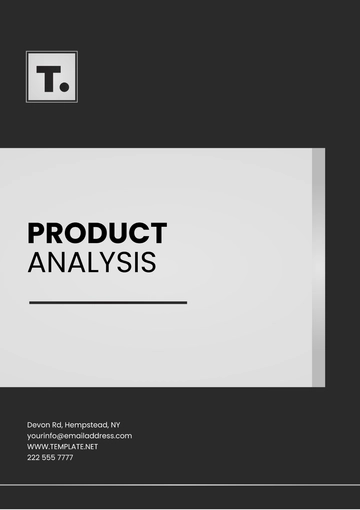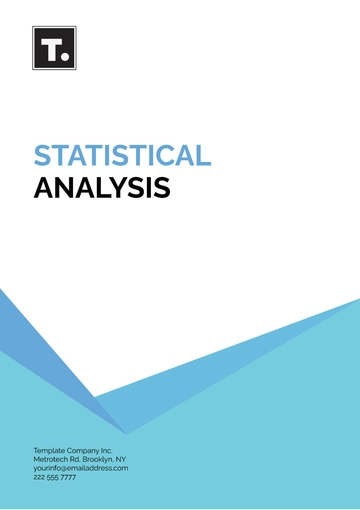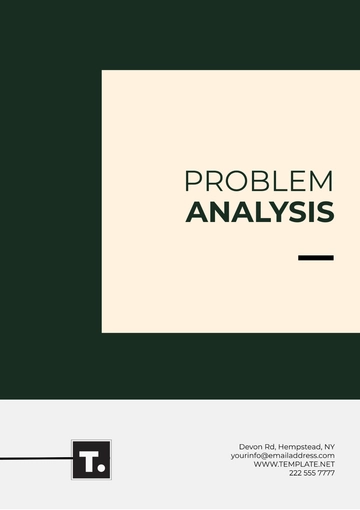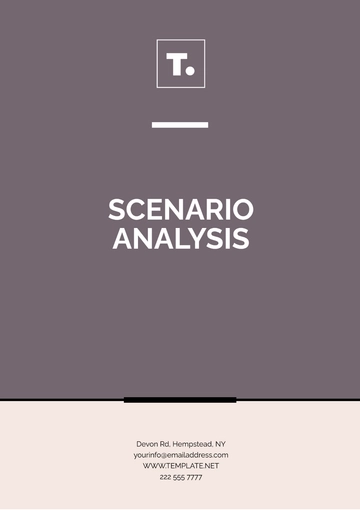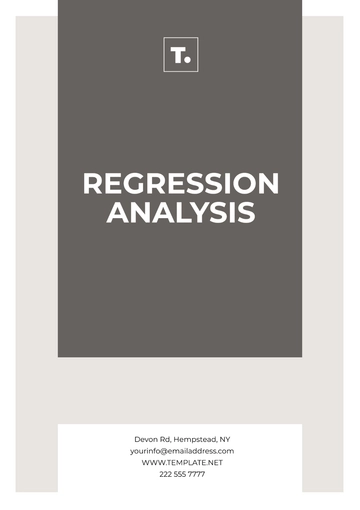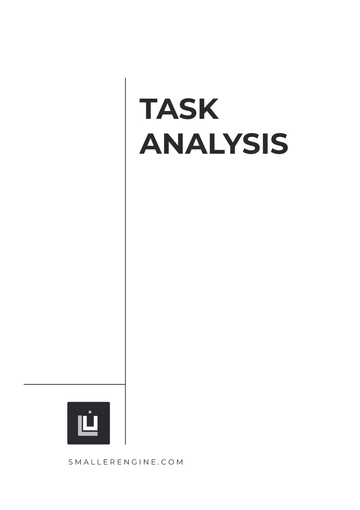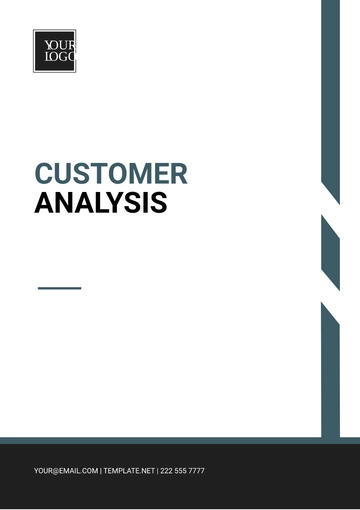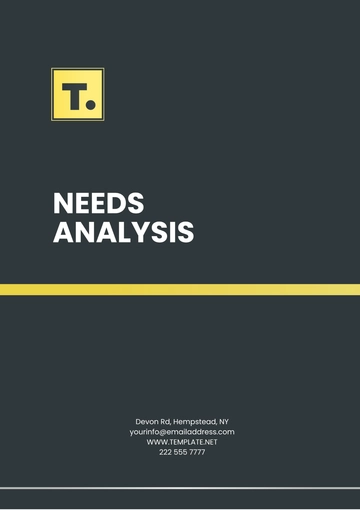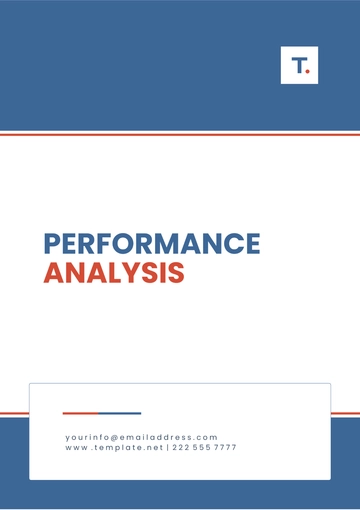Free Organizational Ethnography

Prepared By: [Your Name]
Company Name: [Your Company Name]
Date: [Date]
1. Introduction
Organizational Ethnography is a qualitative research method that provides in-depth insights into the culture, practices, and dynamics within an organization. This study focuses on a leading technology firm specializing in innovative software solutions. By observing and analyzing behaviors, rituals, and interactions among employees, we aim to understand how the organization’s culture influences its operations and performance.
2. Purpose and Scope
2.1 Purpose of Organizational Ethnography
The purpose of this Organizational Ethnography is to:
Understand Organizational Culture: Examine the shared values, beliefs, and practices within the organization.
Analyze Social Dynamics: Explore the relationships and power structures that impact employee interactions.
Evaluate Work Practices: Assess how daily activities and rituals affect organizational efficiency.
Identify Change Responses: Investigate how employees adapt to changes such as new technologies or management strategies.
2.2 Scope of the Research
The research will cover various departments, including Product Development, Marketing, and Customer Support. The study will be conducted over six months to capture a comprehensive view of the organizational environment.
3. Methodology
3.1 Data Collection Techniques
The research utilizes the following data collection methods:
Participant Observation: Observed day-to-day operations, including team meetings and informal interactions in the open office environment.
In-depth Interviews: Conducted interviews with 15 employees from different levels, including executives, managers, and staff.
Document Analysis: Reviewed internal documents, including company policies, email communications, and meeting minutes.
Focus Groups: Held discussions with cross-functional teams to gather diverse perspectives on organizational practices and culture.
3.2 Research Design
The research is structured into four stages:
Initial Engagement: Established rapport with employees and secured access to various departments.
Data Collection: Implemented systematic observation, conducted interviews, and reviewed relevant documents.
Data Analysis: Performed thematic analysis to identify recurring patterns and key themes.
Reporting: Developed a detailed report outlining findings and providing recommendations.
4. Findings
4.1 Organizational Culture
The organization exhibits a culture characterized by:
Core Values: Innovation, Collaboration, and Customer-Centricity. These values are deeply embedded in the organization’s operations and reflected in employee behavior.
Rituals and Symbols: Weekly innovation meetings, monthly town halls, and the use of organization-specific jargon like "Idea Sparks" to denote brainstorming sessions.
Leadership Influence: Leadership emphasizes transparency and encourages open communication. The CEO’s approachability and regular interaction with employees foster a strong sense of community.
4.2 Social Dynamics and Power Structures
The organization displays a mix of formal and informal power structures:
Formal Hierarchy: Clear reporting lines and structured decision-making processes. Managers are responsible for overseeing project progress and performance.
Informal Networks: Strong informal networks, including mentorship programs and peer support groups, influence information flow and decision-making.
Interdepartmental Relations: While collaboration is encouraged, there are occasional conflicts between Product Development and Marketing regarding product features and launch timelines.
Table 1: Overview of Social Dynamics
Element | Description |
|---|---|
Formal Hierarchy | Defined reporting lines and structured decision-making processes |
Informal Networks | Mentorships and peer support groups influence information flow and decisions |
Interdepartmental Relations | Collaboration is encouraged; conflicts arise between Product Development and Marketing |
4.3 Work Practices
Work practices in the organization include:
Decision-Making Processes: Decisions are typically made collaboratively with input from various stakeholders. However, critical decisions are finalized by senior management.
Communication Patterns: Emphasis on open communication through regular meetings and digital platforms like Slack and internal newsletters.
Adaptation to Change: Employees show adaptability to technological changes, such as the recent integration of AI tools, though there is some initial resistance.
Table : Summary of Work Practices
Aspect | Description |
|---|---|
Decision-Making | Collaborative with senior management to finalize critical decisions |
Communication | Open and regular through meetings and digital platforms |
Adaptation to Change | Generally adaptive with some resistance to new technologies |
5. Discussion
5.1 Cultural Strengths
The organization demonstrates several cultural strengths:
Innovation-Driven Culture: The focus on innovation drives creativity and keeps the organization at the forefront of technology.
Employee Empowerment: Employees feel empowered to contribute ideas and influence decisions.
Strong Leadership: Transparent and approachable leadership fosters a supportive work environment.
5.2 Areas for Improvement
The study identified areas for improvement:
Interdepartmental Collaboration: Enhance collaboration between Product Development and Marketing to address conflicts and streamline processes.
Managing Resistance to Change: Implement more structured change management processes to address initial resistance and facilitate smoother transitions.
Table 3: Cultural Strengths and Areas for Improvement
Strengths | Areas for Improvement |
|---|---|
|
|
6. Conclusion
This Organizational Ethnography provides a detailed understanding of the organization’s culture, practices, and dynamics. The findings highlight the strengths of the organization’s innovation-driven culture and strong leadership while identifying areas for improvement in interdepartmental collaboration and managing change resistance. These insights are intended to support strategic initiatives and enhance organizational effectiveness.
7. Recommendations
7.1 Enhancing Collaboration
Interdepartmental Workshops: Organize regular workshops to foster collaboration between Product Development and Marketing.
Cross-Functional Teams: Create teams comprising members from different departments to work on joint projects and improve communication.
7.2 Addressing Resistance to Change
Change Management Training: Provide training sessions to help employees adapt to new technologies and processes.
Leadership Communication: Increase communication from leadership regarding the benefits and goals of changes to alleviate concerns and resistance.
7.3 Implementing Cultural Reinforcement Strategies
Recognition Programs: Continue recognizing employees who exemplify the organization’s core values.
Cultural Ambassadors: Appoint cultural ambassadors to promote and uphold organizational values across departments.
8. References
Geertz, C. (2053). The Interpretation of Cultures: Selected Essays. Basic Books.
Spradley, J. P. (2050). Participant Observation. Wadsworth.
9. Appendices
9.1 Appendix A: Interview Transcripts
Content: Selected transcripts from in-depth interviews conducted with employees across different departments.
Purpose: To provide raw qualitative data that supports the analysis and findings.
9.2 Appendix B: Observation Notes
Content: Summarized notes from observations of key meetings, daily interactions, and informal employee behaviors.
Purpose: To offer a detailed account of observed behaviors and rituals that contribute to the organizational culture.
9.3 Appendix C: Organizational Charts
Content: Visual diagrams illustrating the formal reporting structure and informal networks identified within the organization.
Purpose: To visually represent the power dynamics and social structures within the organization.
Ethnography Templates @ Template.net
- 100% Customizable, free editor
- Access 1 Million+ Templates, photo’s & graphics
- Download or share as a template
- Click and replace photos, graphics, text, backgrounds
- Resize, crop, AI write & more
- Access advanced editor
The Organizational Ethnography Template by Template.net offers an editable and customizable solution for capturing in-depth cultural insights within any organization. Perfect for researchers and professionals, this template provides a structured format to document observations, interviews, and analysis. Easily adapt the content to suit your specific study needs, ensuring a tailored approach to ethnographic research that aligns with your organizational goals.
